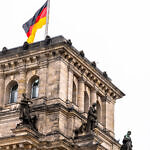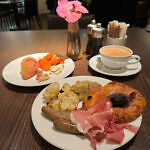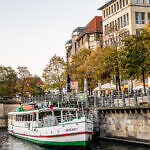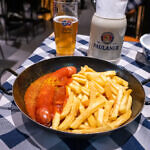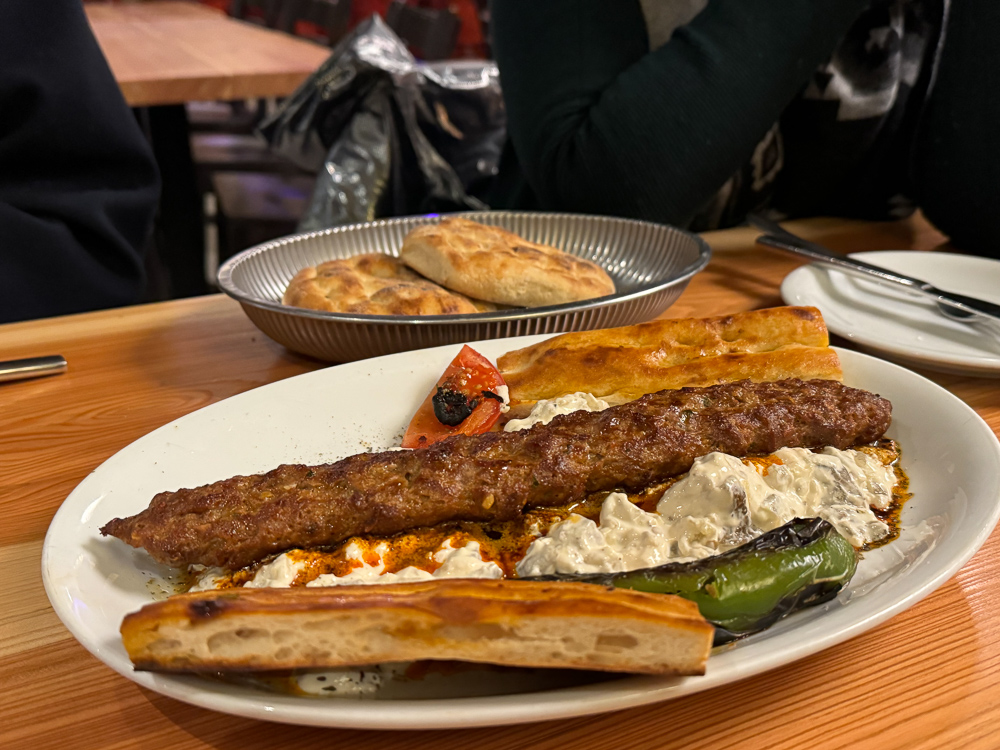
Unfortunately, this Evening Food Tour with Fork & Walk Tours Berlin focused on Turkish food - not the expected German fare.
While recently in Rome, I had an absolutely outstanding time during my Twilight Trastevere Rome Food Tour with Eating Europe Rome. It was one of the peak experiences during my tour of Italy. So, in searching for a food tour in Berlin, I unfortunately had I had exceptionally high hopes regarding the Evening Food Tour with Fork & Walk Tours Berlin.
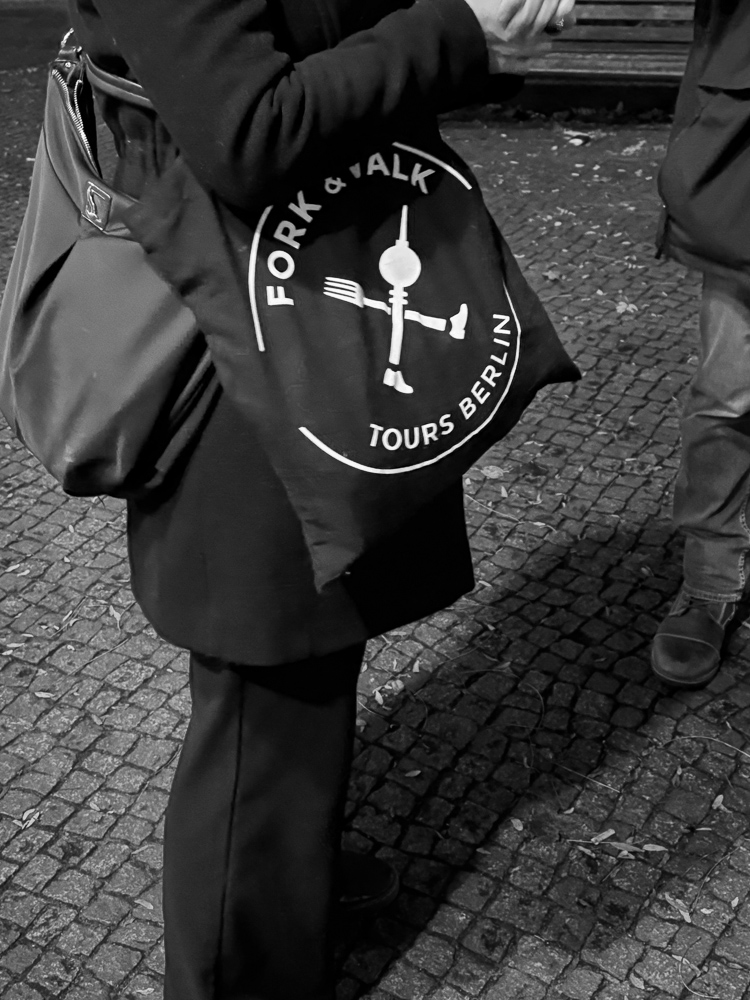
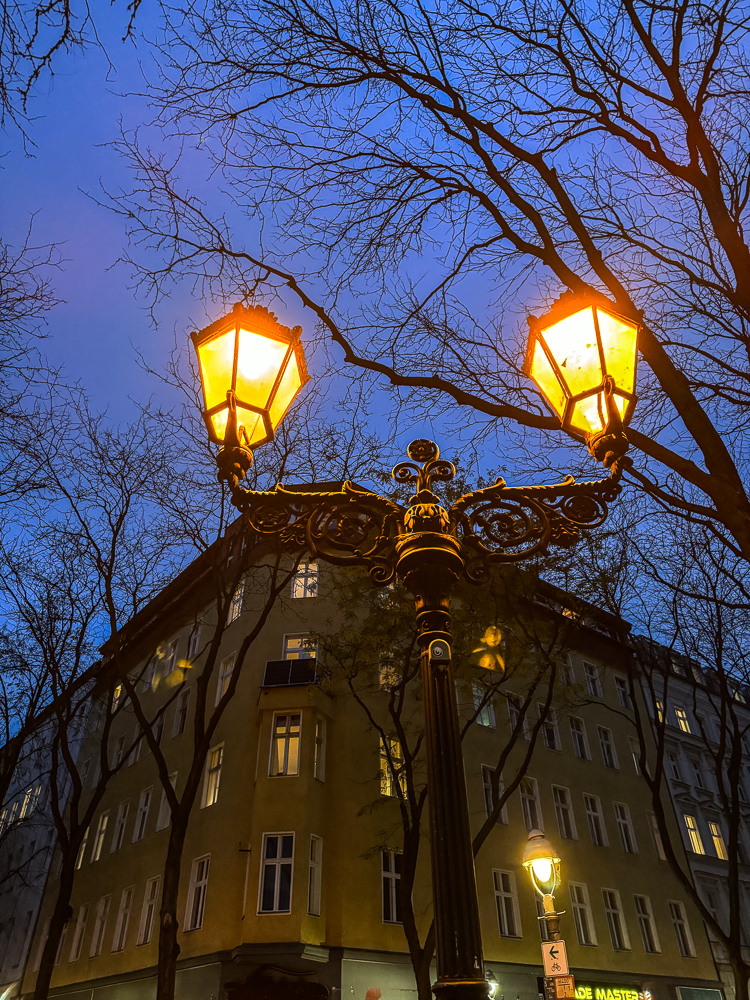
After meeting Elena at Böckhstraße 30 in Kreuzberg, the group of Americans (sigh, I know this because they kept talking about this fact) and I began our food tour.
Lausebengel
Grimmstraße 21, 10967 Berlin, Germany
I enjoyed visually savoring the public art of the neighborhood. We walked down Böckhstraße for about ten minutes before arriving at Böckhstraße 30.
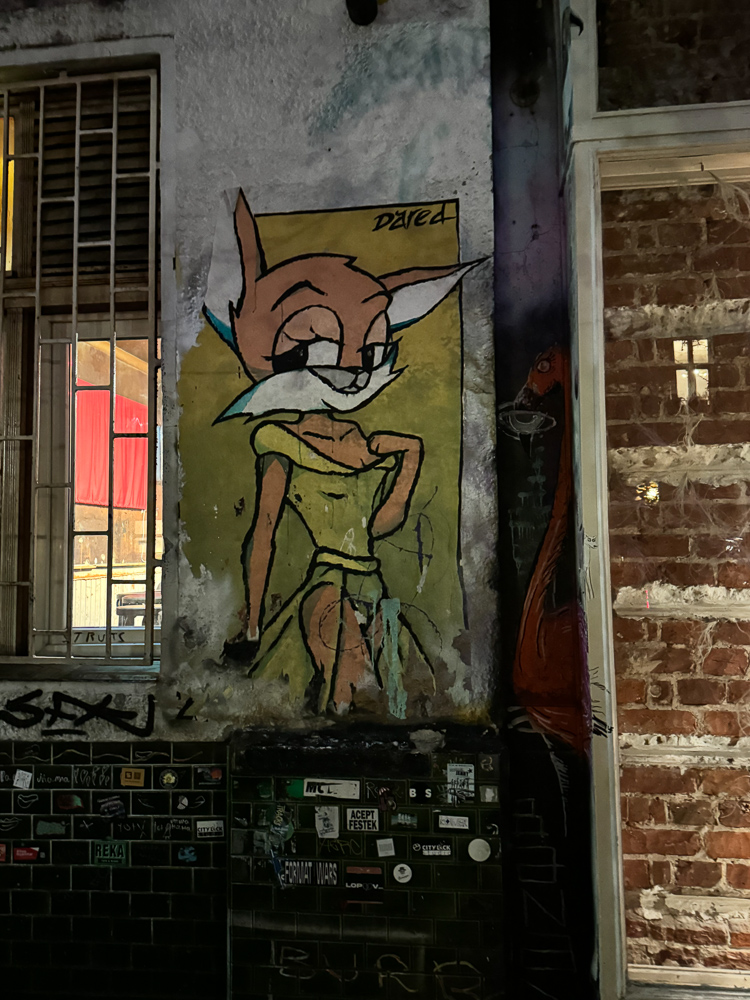
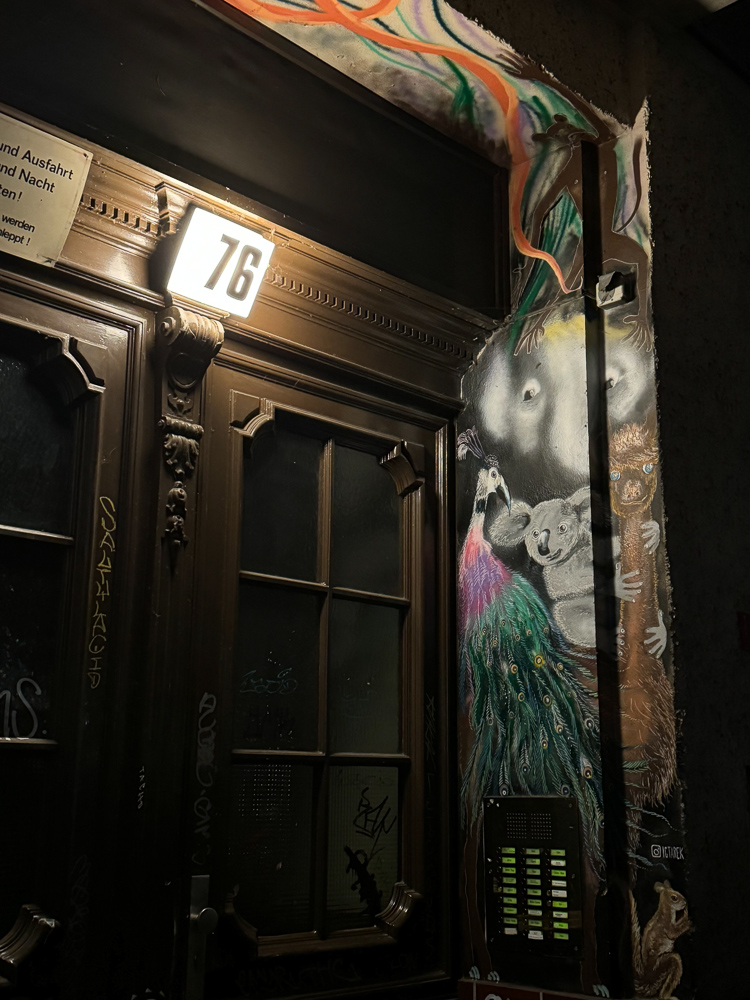
Here, Elena led us into Lausebengel. We sat down at a reserved area and browsed our given menus.
From the pre designed menu, I ordered some of the PINEAPPLE GINGER CIDER alongside the CURRYWURST WITH CASING (sliced pineapple, chili, onion). The cider with the currywurst was actually quite good.
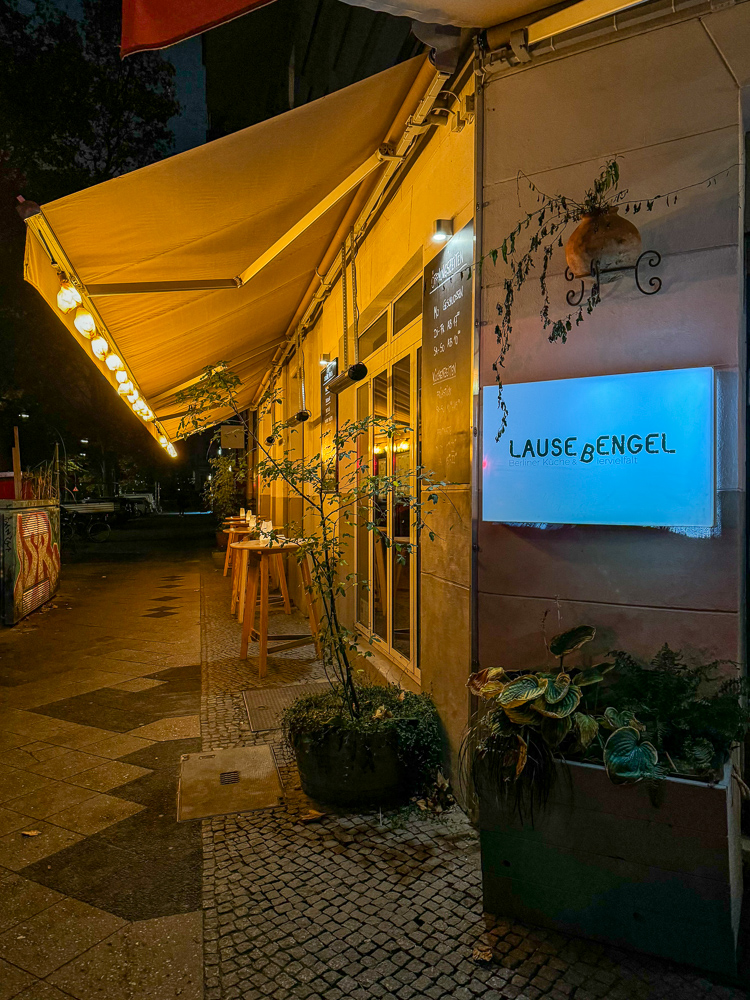
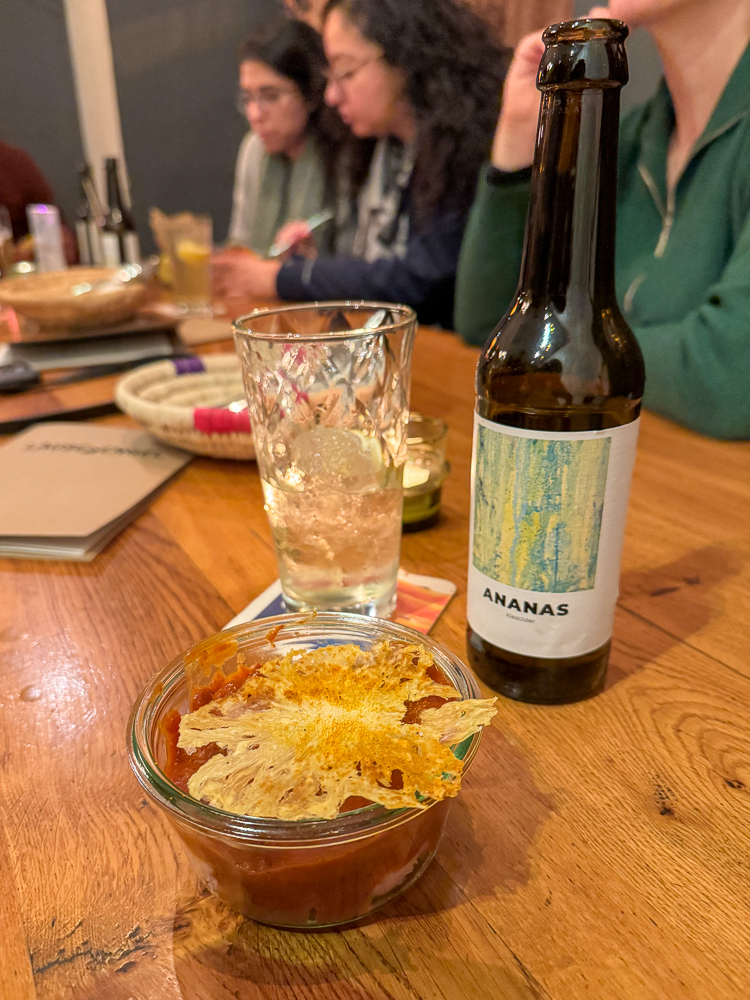
While seated at Lausebengel, Elena highlighted the history of Germany. She attributed Berlin’s diversity to the effects of the Thirty Years War. A brief history:
The Thirty Years’ War profoundly affected Berlin, the capital of the Margraviate of Brandenburg, during the Swedish phase (1630-1635). In 1631, Berlin fell under Swedish occupation as King Gustavus Adolphus led his forces into the city. This occupation brought about economic strain as Berlin had to support the Swedish army, leading to disruptions in trade and agriculture. The civilian population experienced hardship, and the political dynamics of the city became entangled in the broader conflicts of the war. The Swedish presence in Berlin marked a crucial period of suffering and uncertainty for its residents.
The Peace of Prague in 1635 temporarily relieved Berlin as the Swedes withdrew, but the broader war continued. Berlin’s fate remained uncertain, with the city being subjected to the ebb and flow of the conflict. The impact of the Thirty Years’ War on Berlin was characterized by economic hardships, political instability, and the broader devastation experienced across the Holy Roman Empire. The war left an enduring mark on the city, shaping its trajectory within the context of the evolving European geopolitical landscape during the 17th century.
Ferdinand III, who reigned as Holy Roman Emperor from 1637 to 1657, played a role in the post-war efforts to repopulate and rebuild Germany in the aftermath of the devastating Thirty Years’ War. The war had left many regions depopulated, with towns and villages ravaged by violence, famine, and disease. Recognizing the need for reconstruction, Ferdinand III sought to encourage the resettlement of areas that had suffered significant losses.
As part of his efforts, Ferdinand III issued edicts and decrees aimed at attracting settlers to the war-torn territories. These measures included offering incentives such as tax breaks, land grants, and other privileges to those willing to establish themselves in the affected regions. The repopulation efforts were also driven by a desire to revive the economy and restore the productivity of the lands that had been laid to waste during the war.
This led to Germany being filled with individuals and families of diverse backgrounds.
I found learning about this history, fascinating.
Doyum Restaurant
Admiralstraße 36-37, 10999 Berlin, Germany
As Lausebengel felt like standard cuisine in Berlin, I thought the rest of the tour would be a tour of various German sausages and toppings.
Unfortunately, that was not the case.
We continued our walking tour of Berlin to Doyum Restaurant, a Turkish restaurant. Elena ordered the İSKENDER KEBAP and the ALINAZIK KEBAB for us all to share. To drink, I ordered the AYRAN (Turkish Salty Yogurt Drink), as Elena highly suggested it.
However, salted yogurt is simply not my favorite taste on my tongue. And kebap is – well – what it is. I expected the food to focus on German cuisine, which made this an incredible disappointment to me. I didn’t come to Berlin to have food I could have in Glendale, California. But – again – I tried to have grace for the cultural significance of Turkish culture in Berlin.
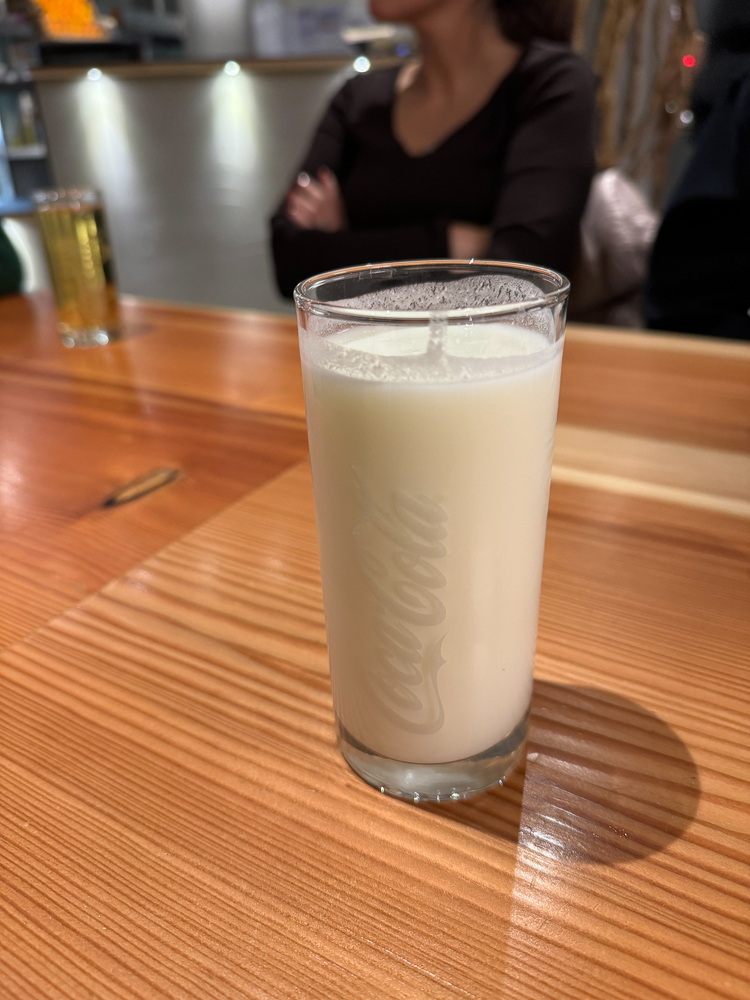
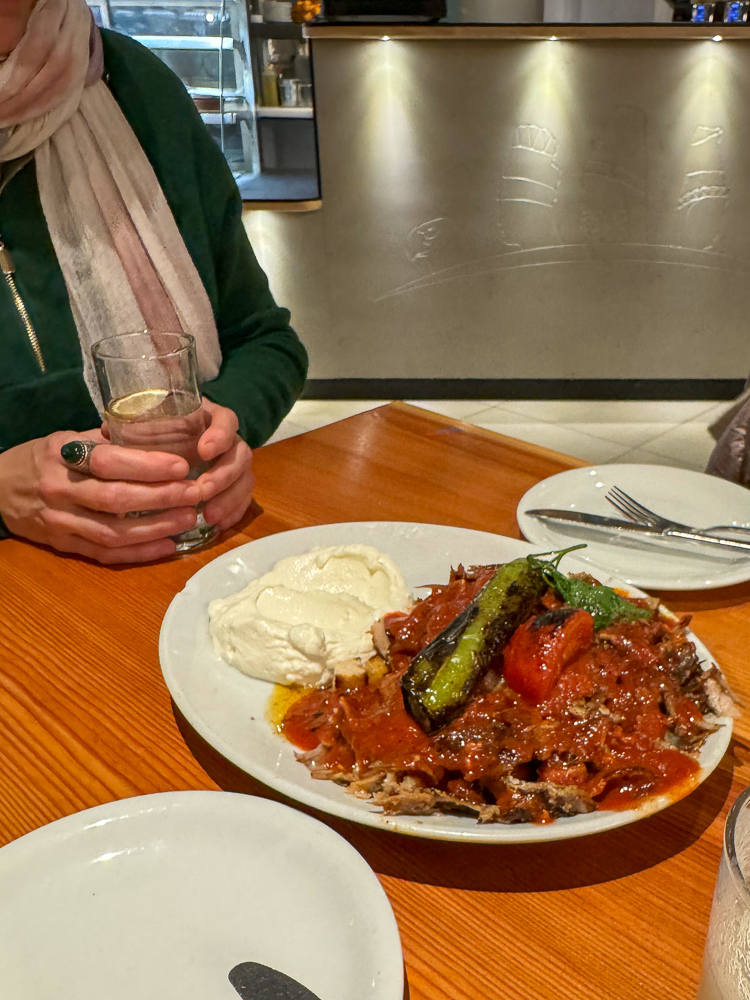

The reason why Turkish culture is so prominent in Berlin is due to the Cold War. During the Cold War, Berlin became a unique and divided city, with West Berlin being part of West Germany and East Berlin being the capital of East Germany (German Democratic Republic or GDR). The presence of Turkish workers in Cold War Berlin can be understood in the context of labor migration and the economic needs of both German states.
In West Germany, especially during the post-war economic boom known as the “Wirtschaftswunder,” there was a demand for labor to support the growing industries. To meet this demand, West Germany signed bilateral agreements with several countries, including Turkey, to bring in guest workers.
Kiosk Convenience Store for Beer
We stopped at a Kiosk store on Admiralstraße. While gathered in the back of the 7-11 like store, we listened as Elena discussed the history and differences in German beers.
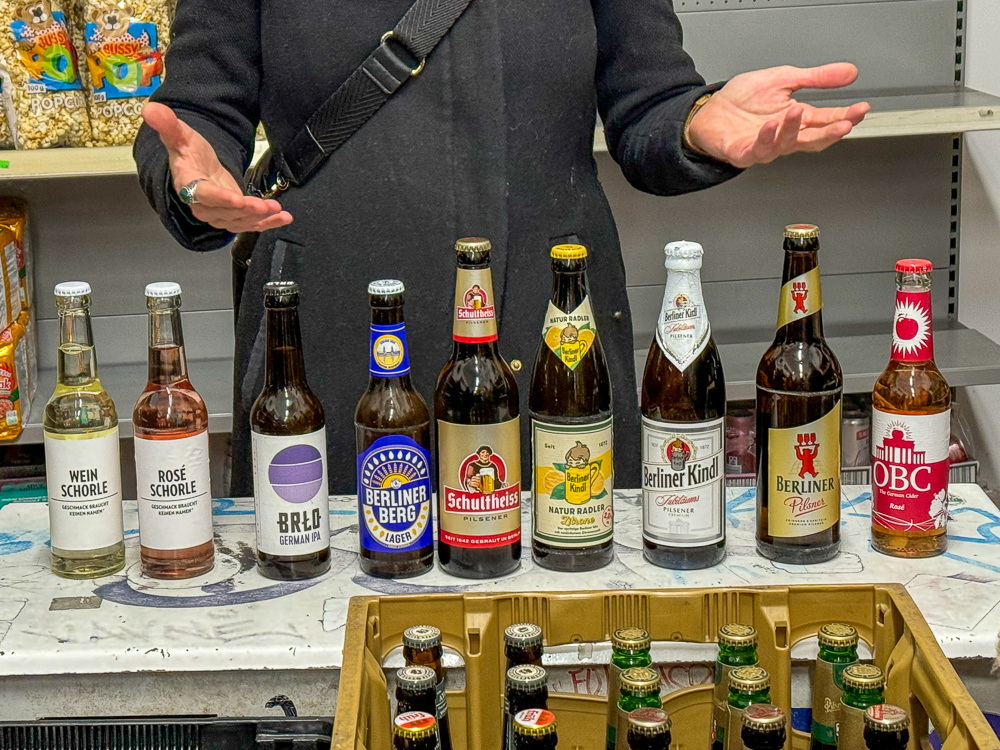
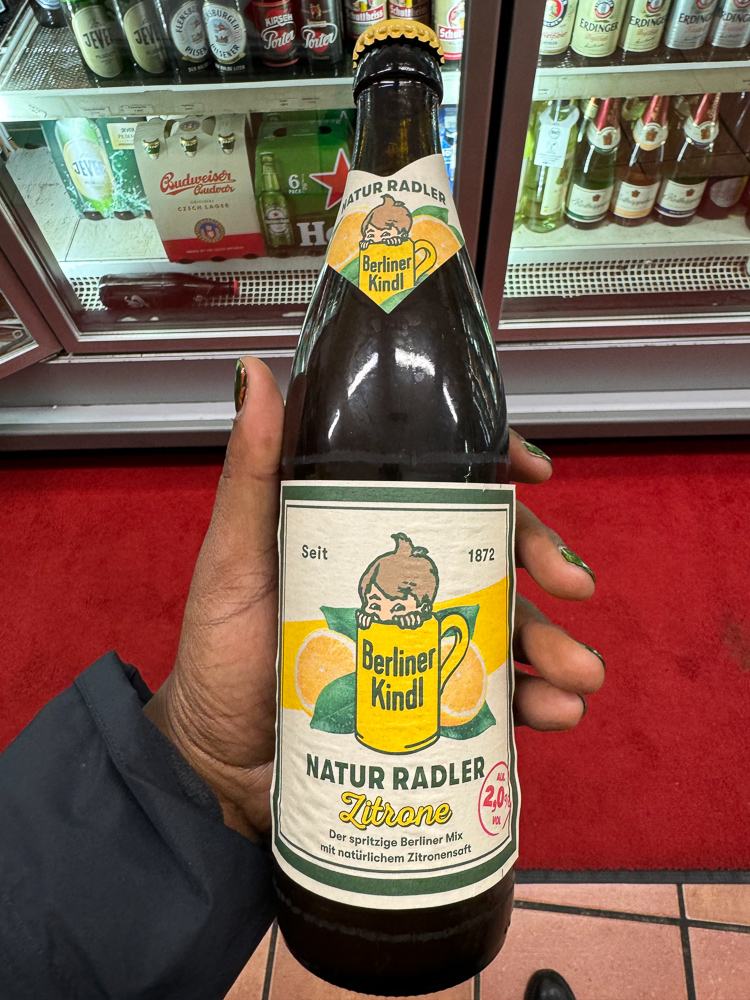
The craft beer movement in Berlin has witnessed a dynamic and innovative evolution, adding a contemporary twist to the city’s rich brewing heritage. In recent years, Berlin has become a hub for craft breweries that are redefining traditional beer styles and experimenting with unique flavors. The movement has been characterized by a surge in small, independent breweries dedicated to producing high-quality, artisanal beers.
Craft brewers in Berlin often emphasize creativity, using a variety of ingredients beyond the classic barley, water, hops, and yeast stipulated by the Reinheitsgebot (Beer Purity Law). This departure from convention has led to the creation of diverse and distinctive brews, ranging from bold IPAs and rich stouts to experimental sour and fruit-infused beers.
After her history lesson, I chose a BERLINER KINDL NATUR RADLER ZITRONE (Lager beer with lemonade) by Berliner-Kindl-Schultheiss-Brauerei to sip and try. Elena encouraged us to drink it while walking to Sönmez Baklava Manufaktur, as public drinking in Berlin was legal.
Sönmez Baklava Manufaktur
Oranienstraße 186, Kreuzberg 10999 Berlin, Germany
Once we arrived at Sönmez Baklava, we sat outside as Elena went inside and got us a selection of BAKLAVA. As she was inside, the staff gave her shit for having us standing outside, with beers in hand. This led to her coming out and rushing us to finish up.
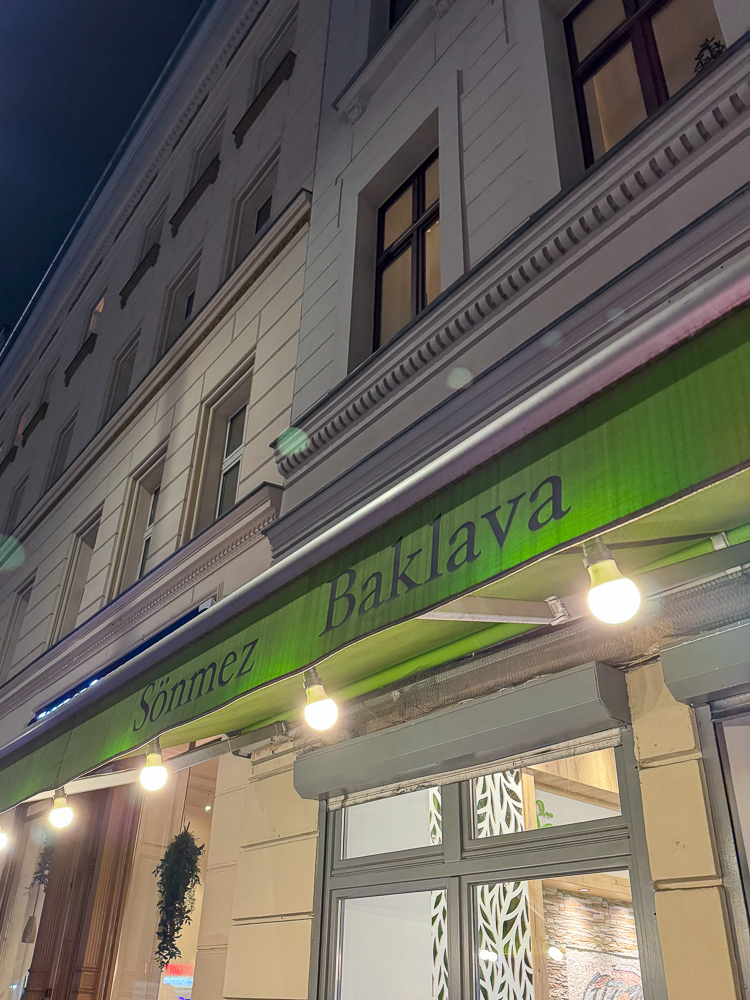
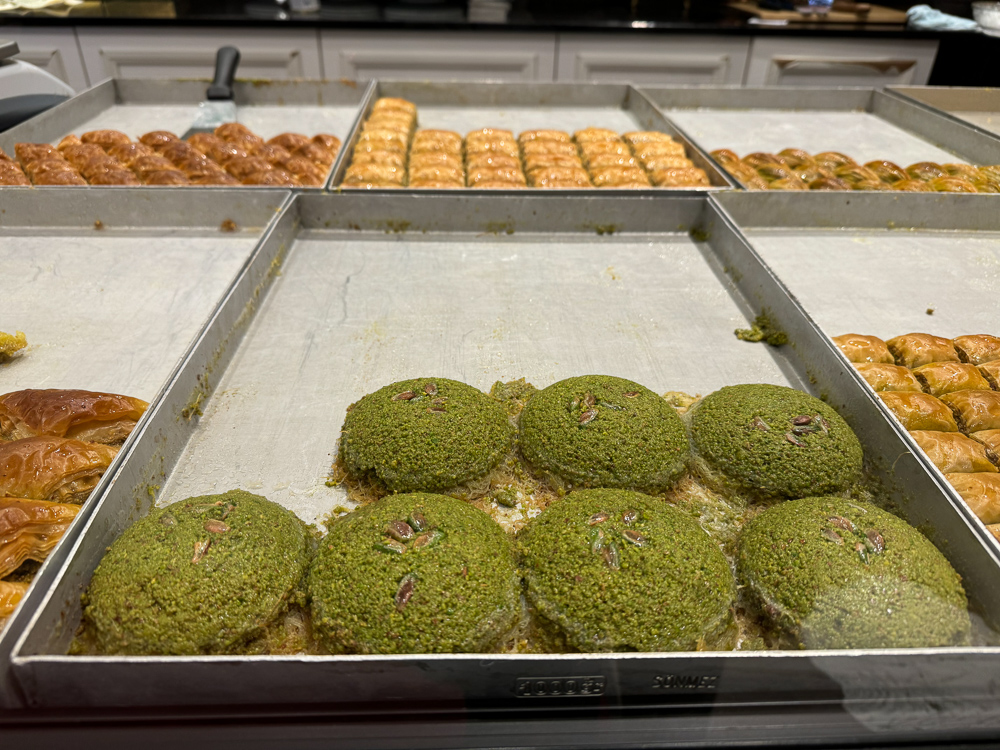
With the baklava, which is another traditional Turkish dish, I felt this was a missed opportunity. We split and shared small pieces and bites of traditional and non traditional versions of baklava.
Markthalle Neun
Eisenbahnstraße 42/43, Kreuzberg 10997 Berlin Germany
Concluding our stops, we walked to Markethall 9. After a quick tour around the packed food hall, we struggled to find a space for the group to cram into. As Elena stood in line to get us wine and glasses. I reflected on the evening and realized I was growing more interested in returning to the Grand Hyatt Berlin and packing than wondering what was next.
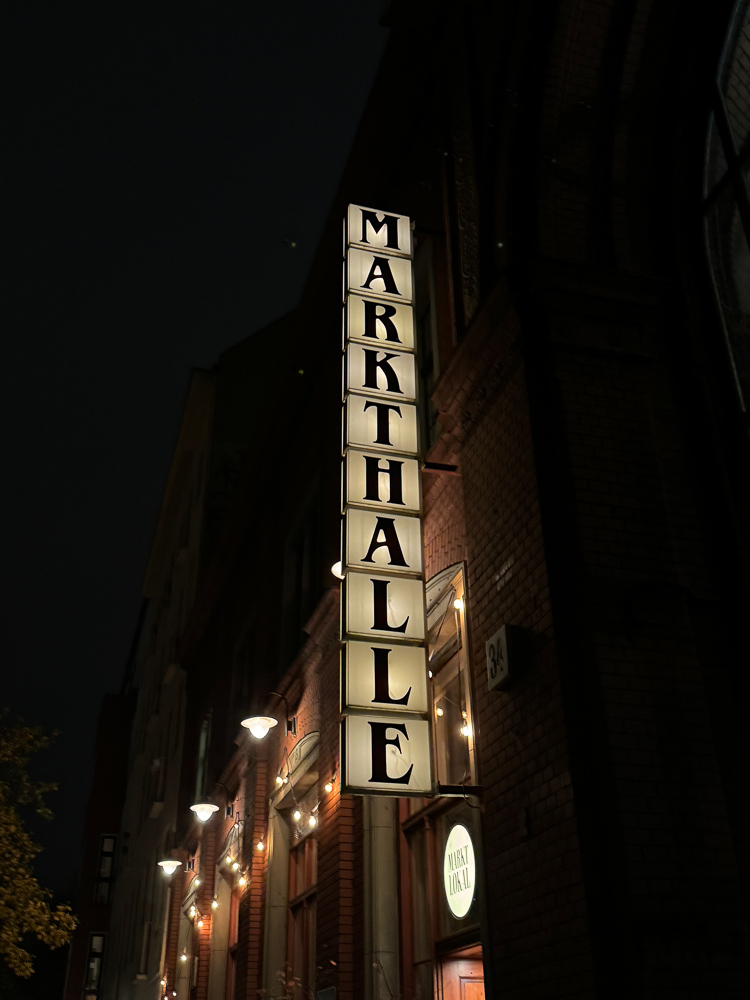
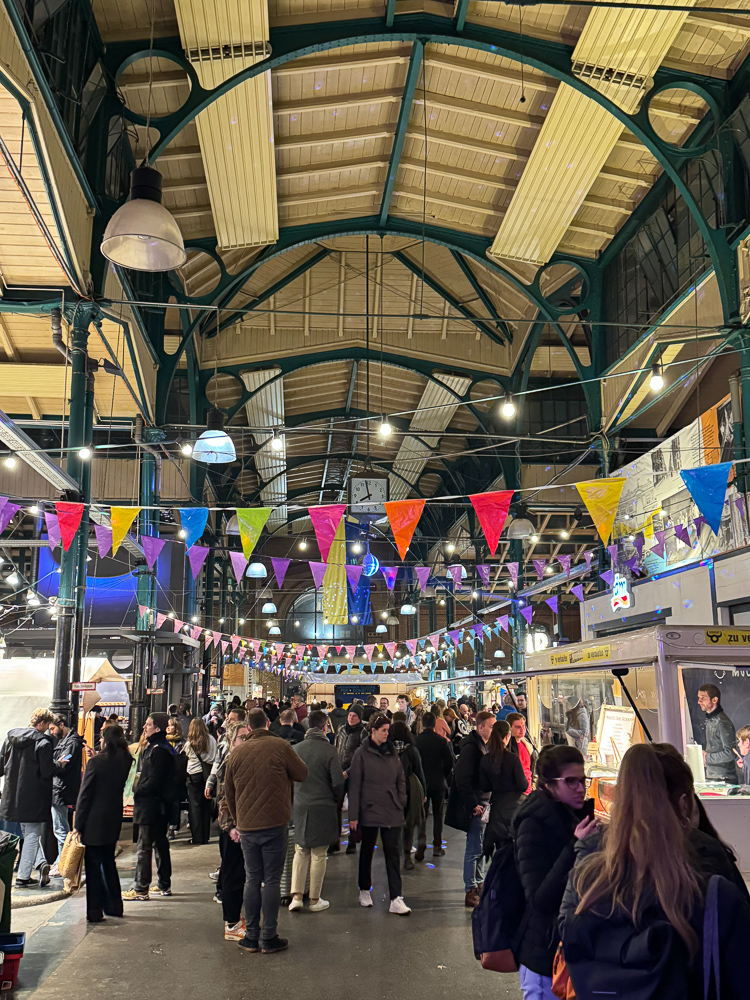
When Elena returned, we opened the bottle of wine and pour glasses for ourselves. She then went to another stall and brought us BERLINER and BANGKOK SAUSAGE flavored meatballs to share. The meatballs were fine – but nothing spectacular.
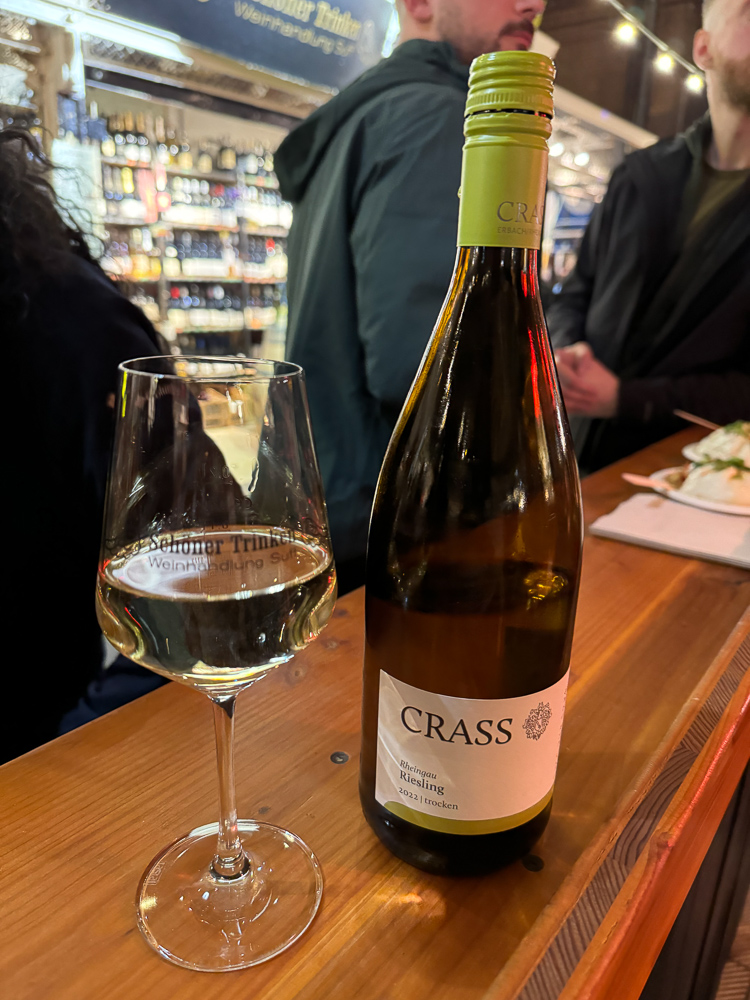
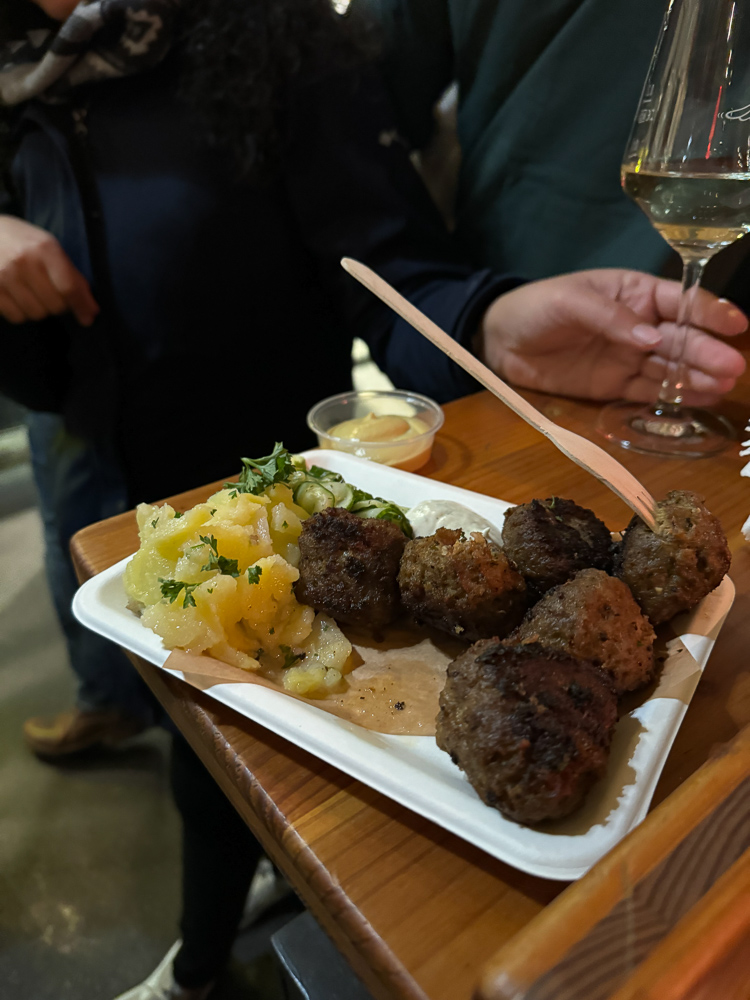
However, it was when she brought MAC AND CHEESE to share that I decided it was best for me to leave the group, catch an Uber and return to my hotel.
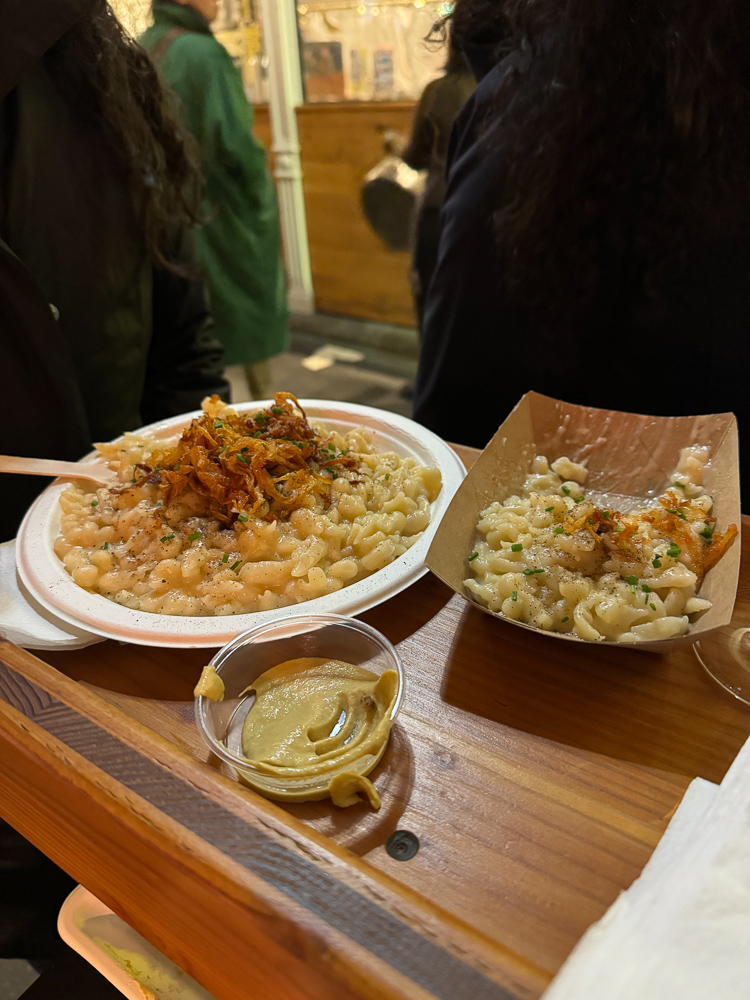
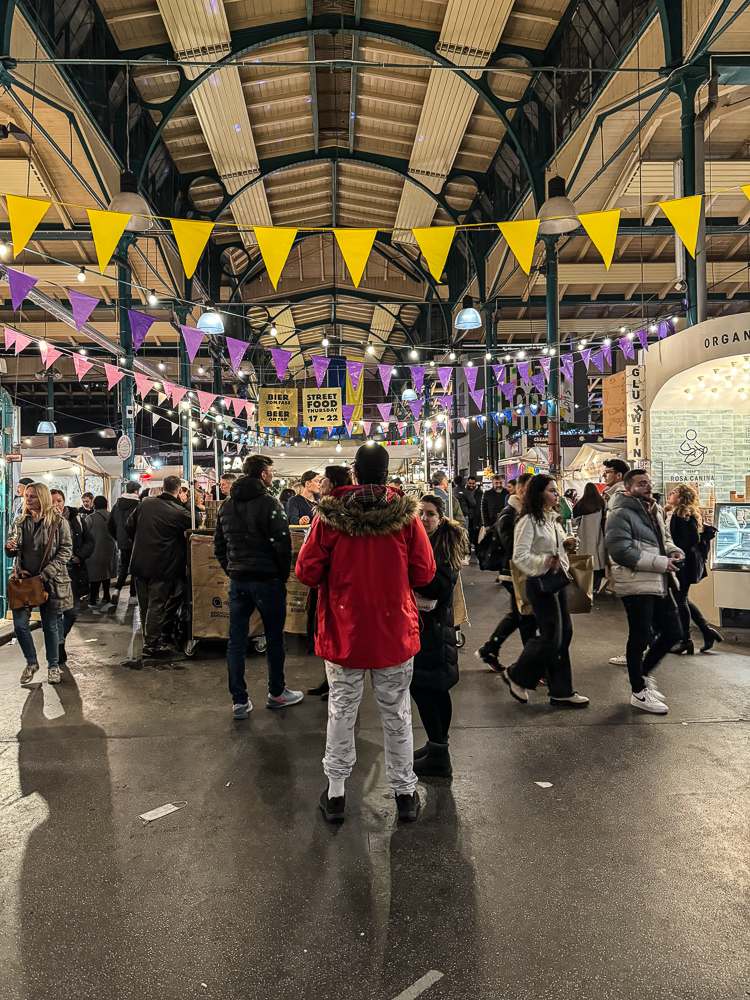
Overall
Overall, I do not feel that this was the best experience for the investment of my time and money. Frankly, I should have pulled an all nighter and gone to KitKatClub.
Another note about my perspective: Usually, when I am on a tour and the group is full of Americans instead of a mix of different cultures, the conversation turns extremely boring, extremely fast. Unfortunately, this was no exception. Instead of being a lively diverse conversation about current travels, conversations were about life in America. There was a distinct sense of individuals trying to one up each other. I just – don’t care about that.
I find that most traveling Americans tend to focus on bringing the life they left at home, with them. Maybe it’s a desire to enforce social economic stratification in a new country, to feel a sense of power over others. But, I didn’t come to Berlin, Germany to have a conversation about life in Miami.
Make it make sense…….
With all this in mind, I believe that Fork & Walk Tours should take direction from Eating Europe Rome and be more direct in openly stating the cuisine that will be provided. As the focus of this tour was Turkish food, it should have said that in the description.
I think allowing people to assume this will be a tour of regional German cuisine in Berlin is a disservice.
Evening Food Tour with Fork & Walk Tours Berlin
Böckhstraße 30, Berlin Germany
